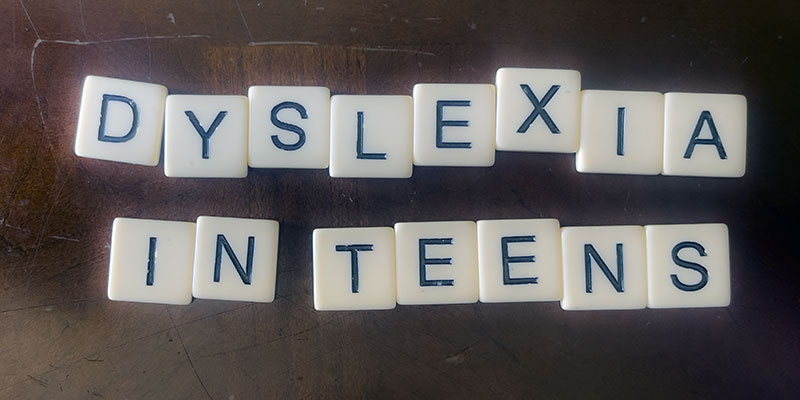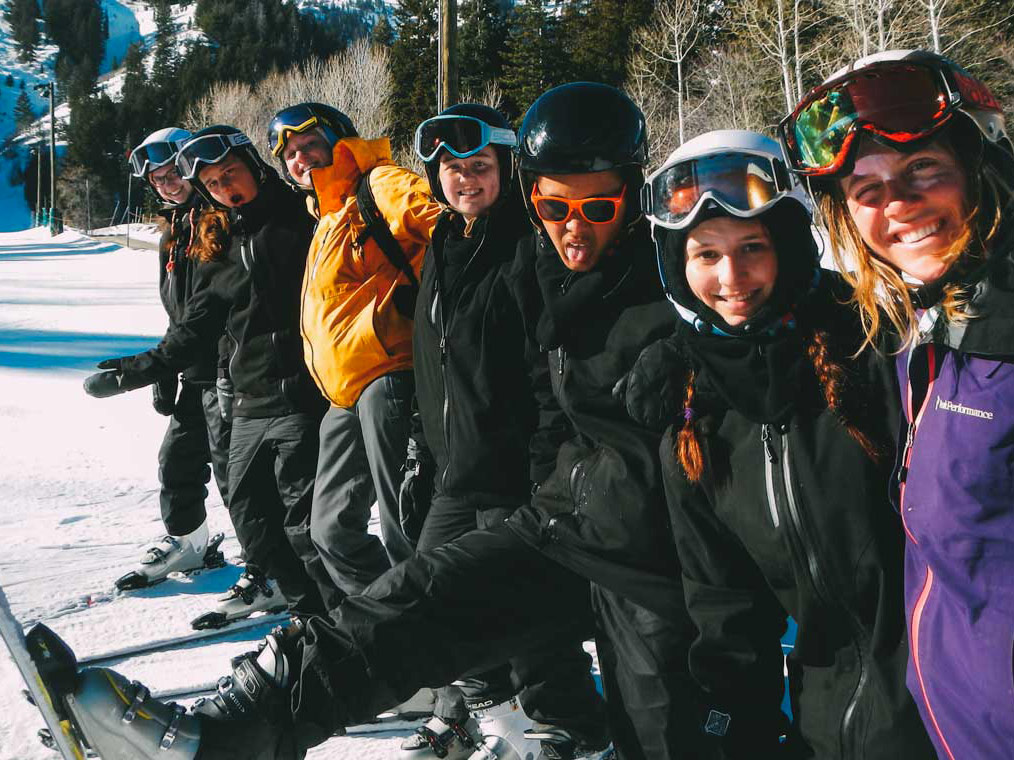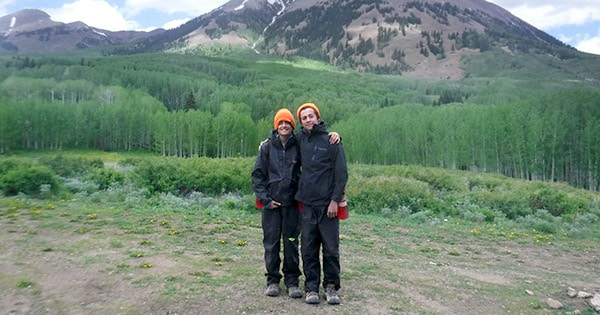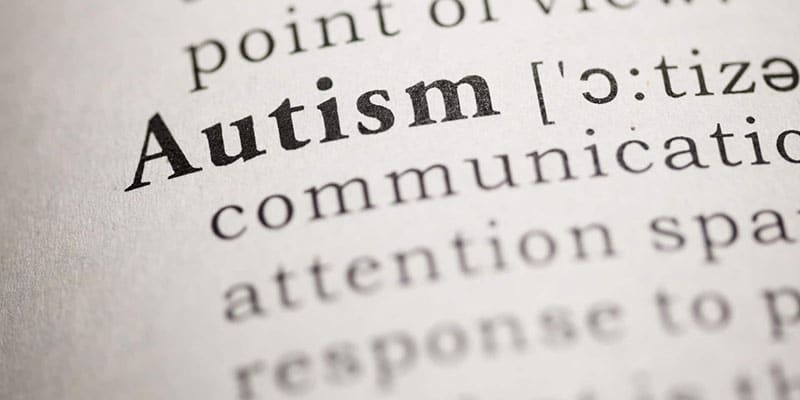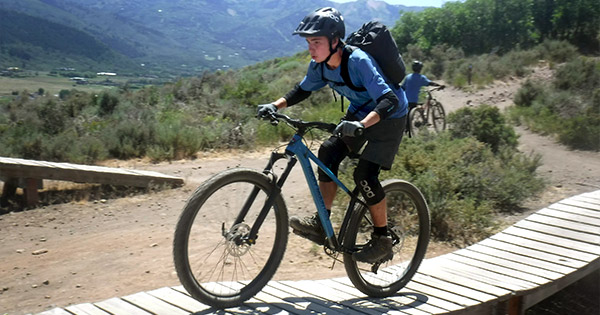Risky Behavior in Teens: What Parents Should Know
Have you ever woken up late at night to discover your teenager missing? Have you ever found yourself digging through your teens’ web of lies? Has your teenager run away for several days at a time? You are not alone if you have experienced any of these things, or maybe just something similar. Unfortunately, risky … Read more

